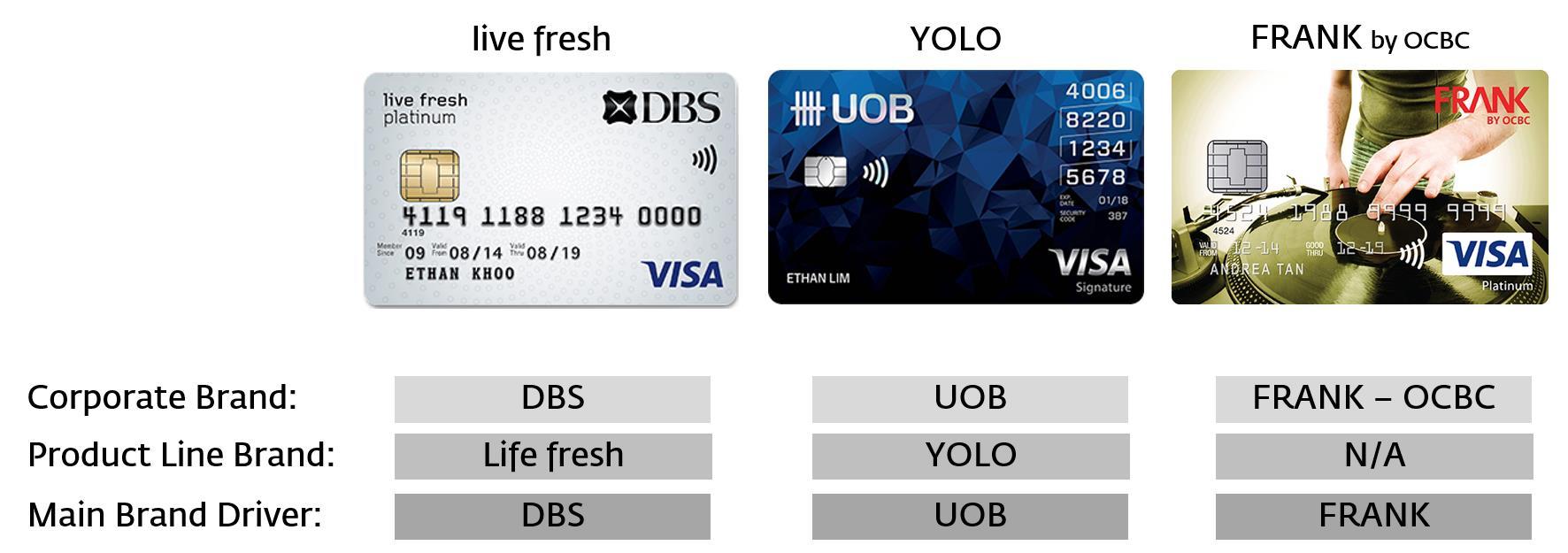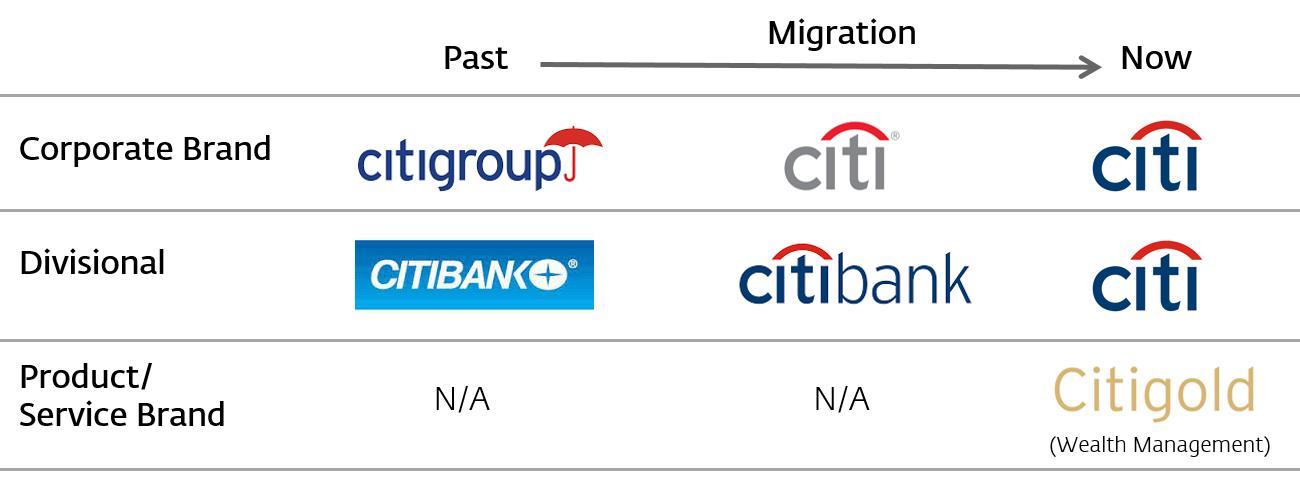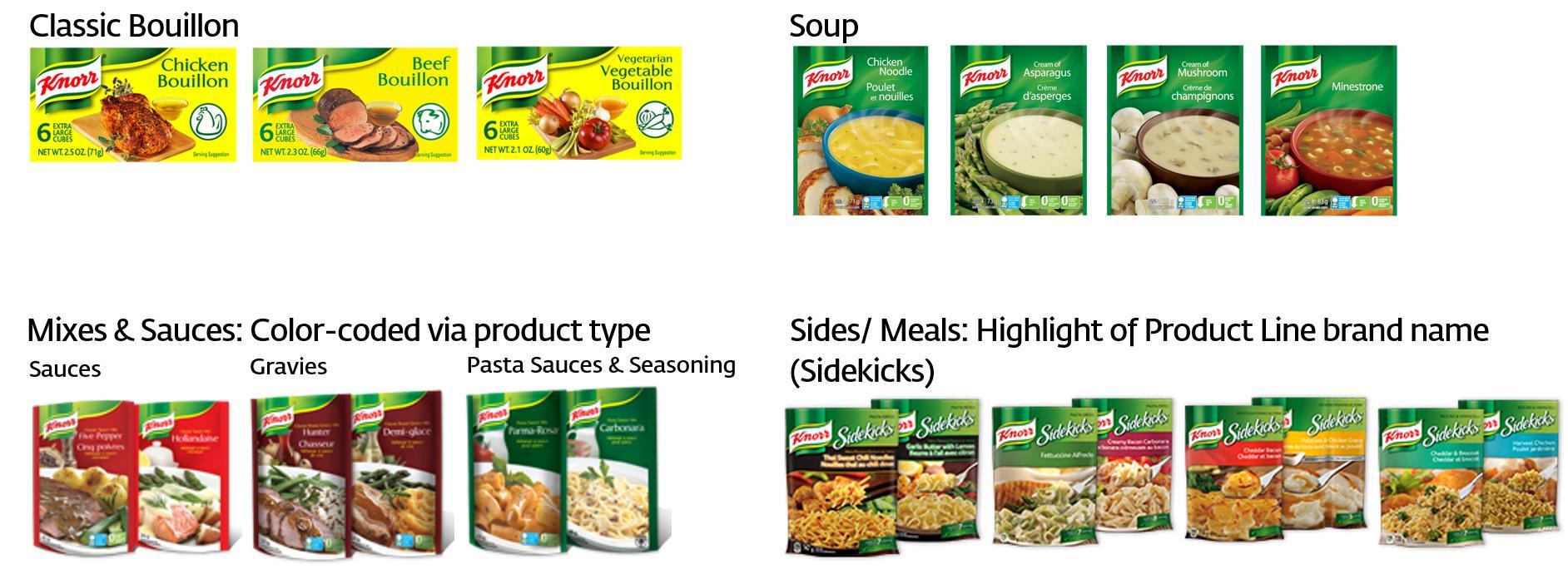

This article is part of our Brand Architecture series, where we clarify and identify best practices in brand architecture strategy that guides brand growth.
Brand architecture is understood as an important question to brand portfolios and organizations around the world. While many succumb to the confusion that surrounds the concept of brand architecture strategy, it does not need to be so – proper brand architecture strategy can and should clarify a brand’s offerings, allowing for visionary future growth.
There is no one-size-fits-all strategy for brand architecture. There is however for each organization an ideal architecture that allows the parent brand to achieve its goals.
To recap from our last article, a strong brand architecture strategy should be customer-oriented, future-oriented, and dynamic to accommodate evolving organizations and fresh client demands. Guiding clients towards a properly-defined brand future involves first clarifying, then strategizing:
Clarify
1. What is the existing brand hierarchy system now?
2. Should it be branded?
Strategize
3. Is the portfolio being optimized?
4. How big a role does it play? What is the relationship with parent brand?
5. How do we express it (Verbally and visually)?
In this piece, let’s dive a little closer towards the strategy behind identifying strong brand architecture.
More often than not, brand owners tend to think that pushing more products out into the market allows them to capture a larger portion of the market. A product portfolio with minimal differentiation that penetrates the cracks and nooks of the market may work for a ‘commodity” industry in a huge market with critical mass. However, it is not a strategy that works for all industries and markets. Pushing too many similar products without proper analysis may lead to a case of cannibalization. This calls for a portfolio analysis that looks at the optimal number of brands or product lines one needs in order to cover the different segments of customers. This topic in itself is worthy of another separate discussion on brand portfolio strategy.
After ascertaining the necessity of branding the new product/service, we then need to determine the best structure and relationship with the parent brand. List out the various options and evaluate the respective pros and cons of each option, together with the strategic objectives of the brand.
With the increasing spending power of millennials, banks are hot on the heels of these consumers, launching credit cards targeted at them. UOB’s YOLO card, DBS’s live fresh card and FRANK by OCBC are all cards targeted at millennials. While DBS and UOB launched the cards as a product sub-brand with its identity system directly under the bank, OCBC chose to launch it under the brand FRANK, endorsed by OCBC.
Having another brand endorsed by the parent company has its pros and cons. Creating another brand gives it more room to change its brand personality, image and value proposition to suit the vastly different target audience profile, and at the same time leverage positive brand equity built up by OCBC throughout the years in the financial industry.

DBS’s live fresh, UOB’s YOLO and FRANK by OCBC
Very often, organizations jump into adopting the parent brand strategy in a bid to leverage the parent brand’s equity, without thorough considerations on whether it is the most suitable approach. Such an approach must be thought through carefully: creating a new brand takes resources and effort, but is sometimes necessary in order to prevent brand dilution. This is especially true in cases whereby it involves extension into new product categories or target segments for a brand with limited brand stretch.
A premium, all-inclusive holiday village resort brand ClubMed wanted to cater its offerings to the middle-high income Chinese consumers in China. Through strategic analysis and research validation with the target audiences, ClubMed, together with Labbrand, established that development of another brand endorsed by ClubMed would be the ideal approach in order not to dilute the ClubMed brand. Joyview by ClubMed, a relaxation resort brand with flexible packages for local Chinese, is thus born.

Joyview by ClubMed
Once the structure has been defined, naturally it needs to be communicated, both verbally and visually. Verbal and visual expressions form strong associative cues that affect the overall perception of the brand and its offerings. Hence, a good design should fulfill strategic purposes besides being aesthetically beautiful.
However, what we often see are cases whereby teams work in a reversed manner, launching directly into design work without much consideration on the impact the finished product will have on brand architecture. Having the brand architecture strategy defined before embarking on design not only helps the organization achieve efficiency during developmental stages, but also works towards building a consistent brand image that does not confuses consumers. Most importantly, the brand equity gets built upon the desired brand in the long run.
To accumulate and concentrate all brand equity towards the parent brand, Citi has migrated to a master brand strategy over the past few years. For instance, the consumer banking division, though still called and known as “Citibank”, has taken on the same parent brand visual identity.

Citi’s brand strategy migration
Expression does not stop at the logo itself, but continues in expression of the relationship with parent brand, and in cases of co-branding, the relationship with partner brands. Which brand plays a more prominent role and hence has higher visibility in terms of visual hierarchy? How should the brand’s identity be presented in cases of co-branding or endorsement?
Having clear structure and guidelines on how to verbally and visually portray these brand architectural relationships not only makes on-going brand management easier and more effective, but also helps to build up product line brand equity for future product extension, as illustrated by Knorr example below. Flexibility removes constraint and operational challenges but it usually comes at an expense of a more consistent and strong brand equity.

Product line emphasizing flexibility

Brand architecture in Product line emphasizing consistency
The next time, before you jump into ‘creating a new sub-brand with its own name and design identity system in hopes of getting more eyeballs, stop and think through the above five points from the perspective of brand architecture strategy. Is creating a new sub-brand really the right way to go? Are you applying the best solution to leverage existing brand equity? Perhaps, the review might just point you in the opposite direction.
Having a well-laid-out strategy is half the battle won. Investing in a well-thought-through brand architecture strategy can help to lay the foundation for long-term targeted brand growth. It’s time to give brand architecture its deserving attention and make decision-making clearer for the consumers.
A Labbrand Group Company © 2005-2024 Labbrand All rights reserved
沪ICP备17001253号-3* Will be used in accordance with our Privacy Policy
To improve your experience, we use cookies to provide social media features, offer you content that targets your particular interests, and analyse the performance of our advertising campaigns. By clicking on “Accept” you consent to all cookies. You also have the option to click “Reject” to limit the use of certain types of cookies. Please be aware that rejecting cookies may affect your website browsing experience and limit the use of some personalised features.